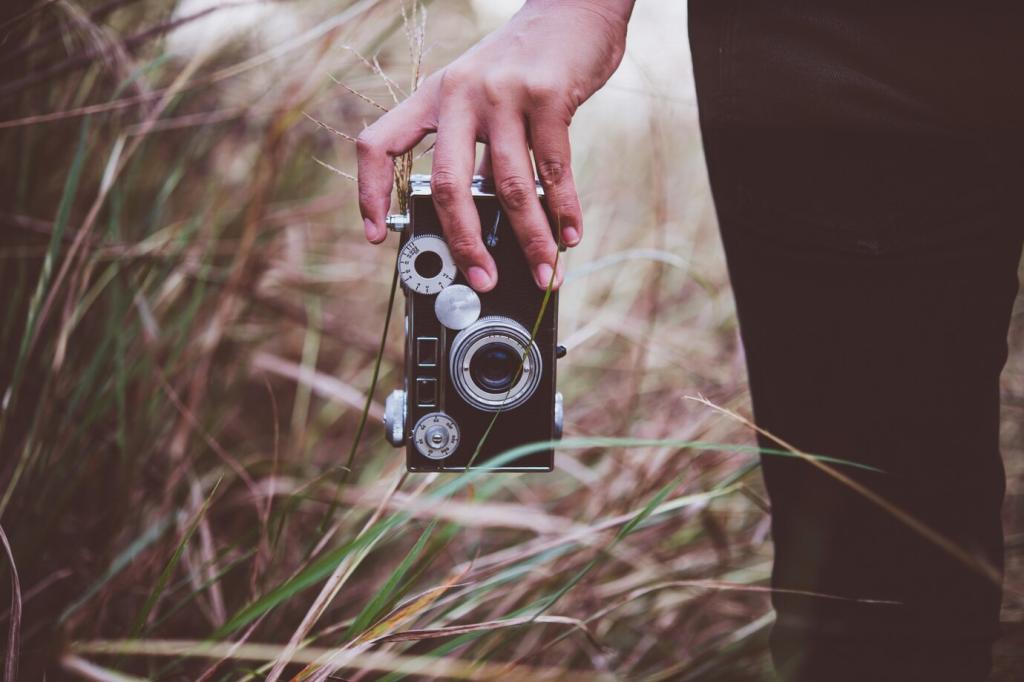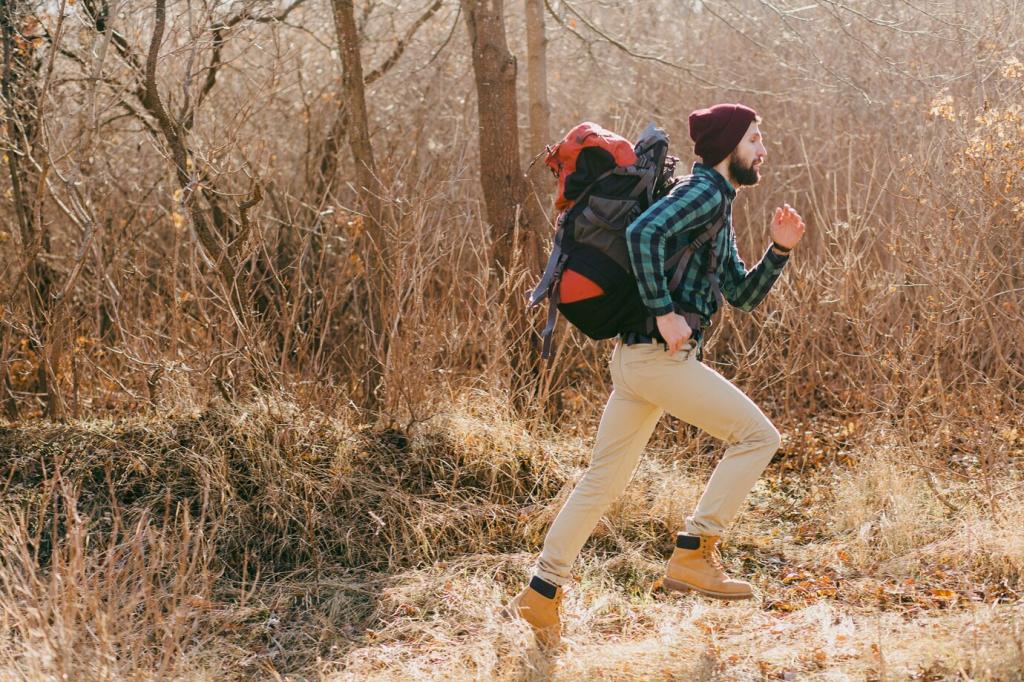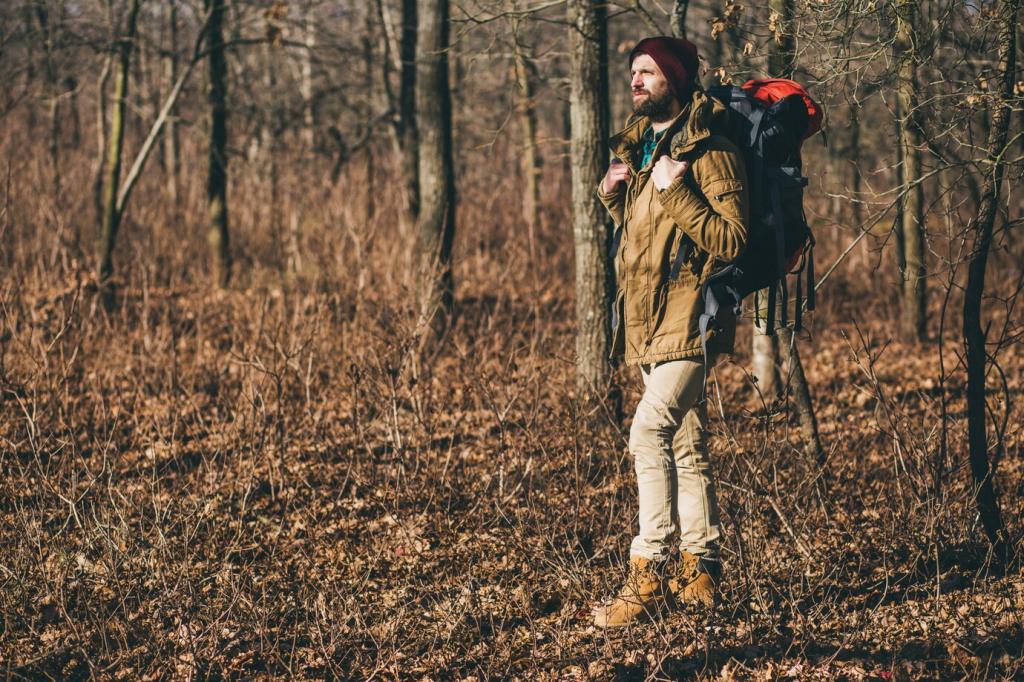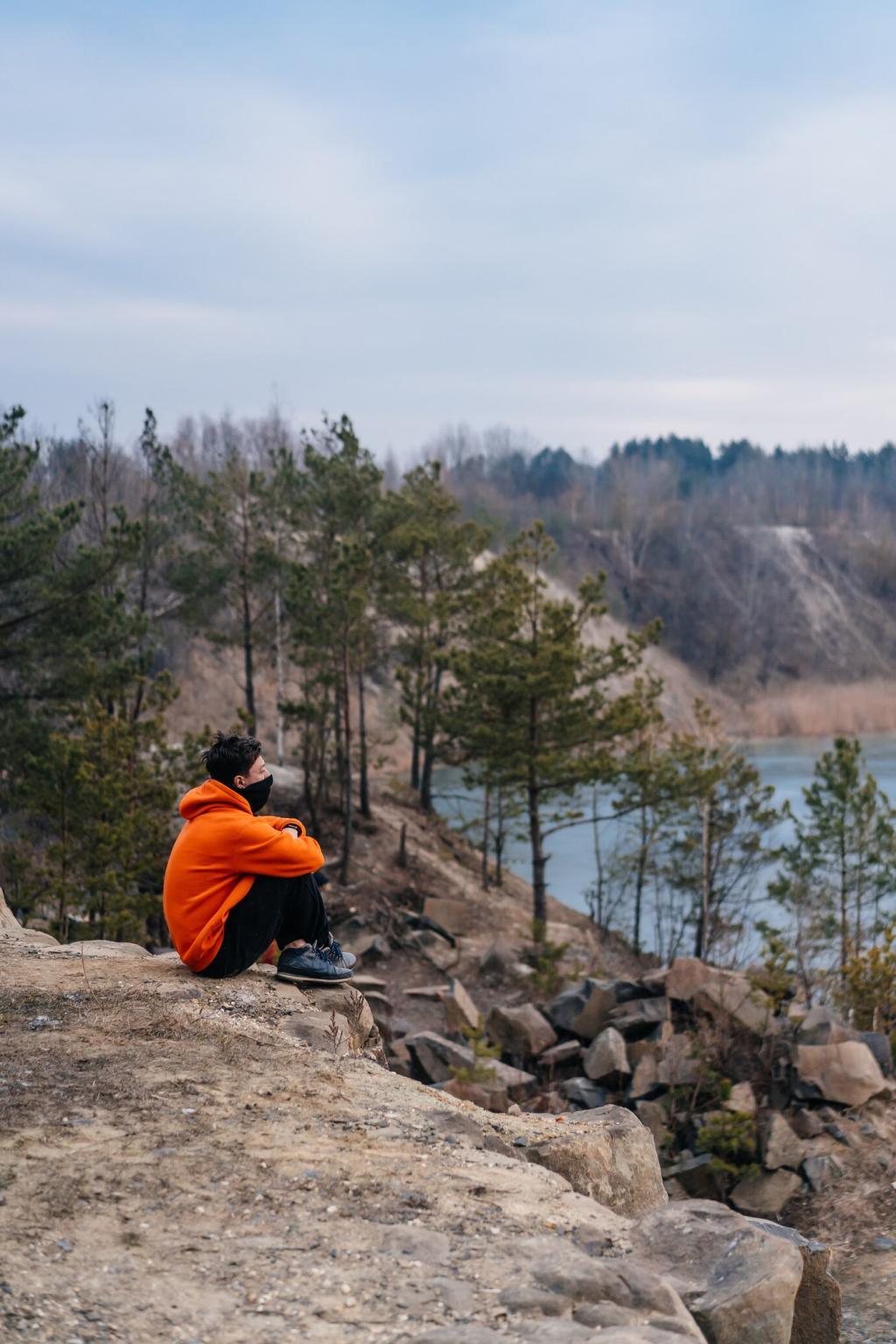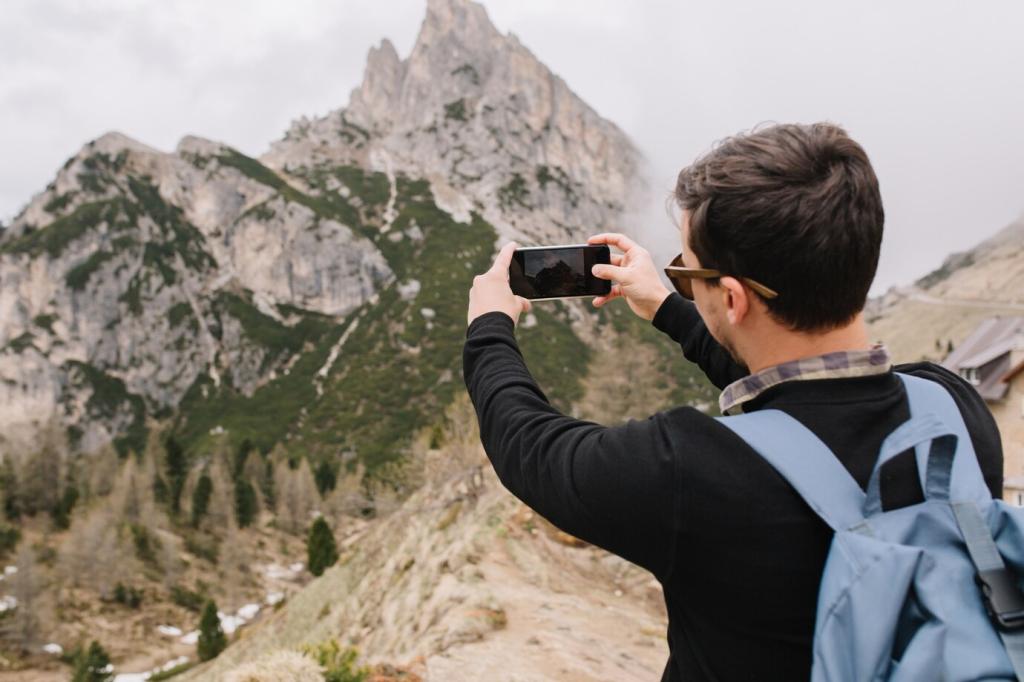Editing and Sequencing for Cohesion
Alternate wide, medium, and close shots to create a visual heartbeat. Repeat motifs—footprints, ripples, lichen patterns—to tie chapters together. Ask readers which motif feels strongest and invite them to submit a three-image rhythm they love.
Editing and Sequencing for Cohesion
Guide emotion through hue and contrast. Cool dawn blues shift to warm gold, then neutral twilight, mapping a day’s arc. Keep edits gentle to honor field reality, and share your settings so others can learn and iterate with intention.

